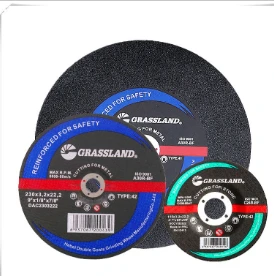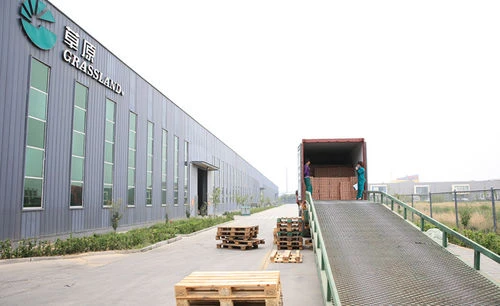

Authoritativeness in tool handling also includes the knowledge of speed ratings. Each cut off wheel is rated for a maximum operating speed which must not be exceeded. Doing so can lead to wheel failure. It is essential for users to match the wheel’s speed rating with the machine’s RPM to avoid these hazards. Furthermore, periodic inspection of the wheel for signs of wear and damage is a mandatory safety measure that cannot be overlooked. For those who regularly use cut off wheels, maintaining trustworthiness in a workshop involves adhering to strict safety protocols. Personal Protective Equipment (PPE) such as safety goggles, gloves, and ear protection should always be worn. This prevents injuries from debris and noise, preserving the well-being of operators. Moreover, after every use, it’s advisable to clean and store the cut off wheels in a dry, temperature-controlled environment to prevent them from absorbing moisture or becoming damaged. In conclusion, the effective and safe use of a 4 cut off wheel requires a combination of experience, expertise, and authority in handling. By carefully selecting the right wheel for the job, operating it within prescribed speed limits, and maintaining a rigorous safety protocol, productivity and precision can be significantly enhanced. Regular maintenance and safety checks are paramount to extending the life of cut off wheels, ensuring they remain reliable tools in any cutting task. Embracing these practices not only boosts operational efficiency but also elevates the overall safety and professionalism within an organization, cementing a reputation for quality and reliability in all projects undertaken.
Post time:Jan - 28 - 2025

















